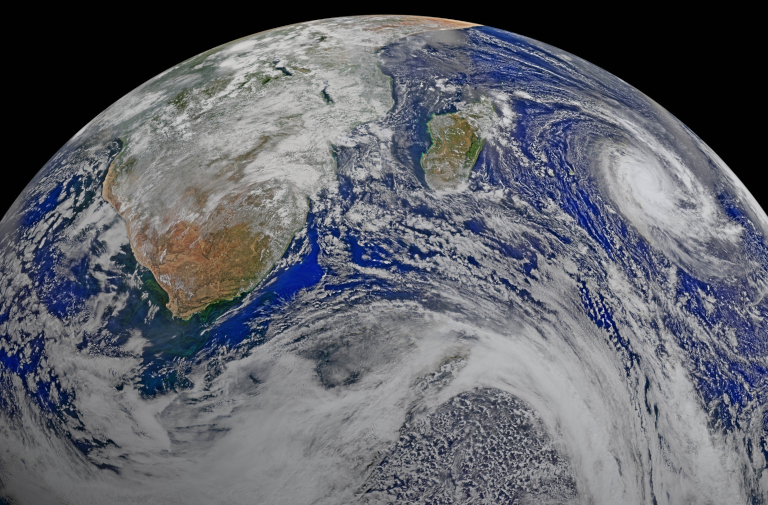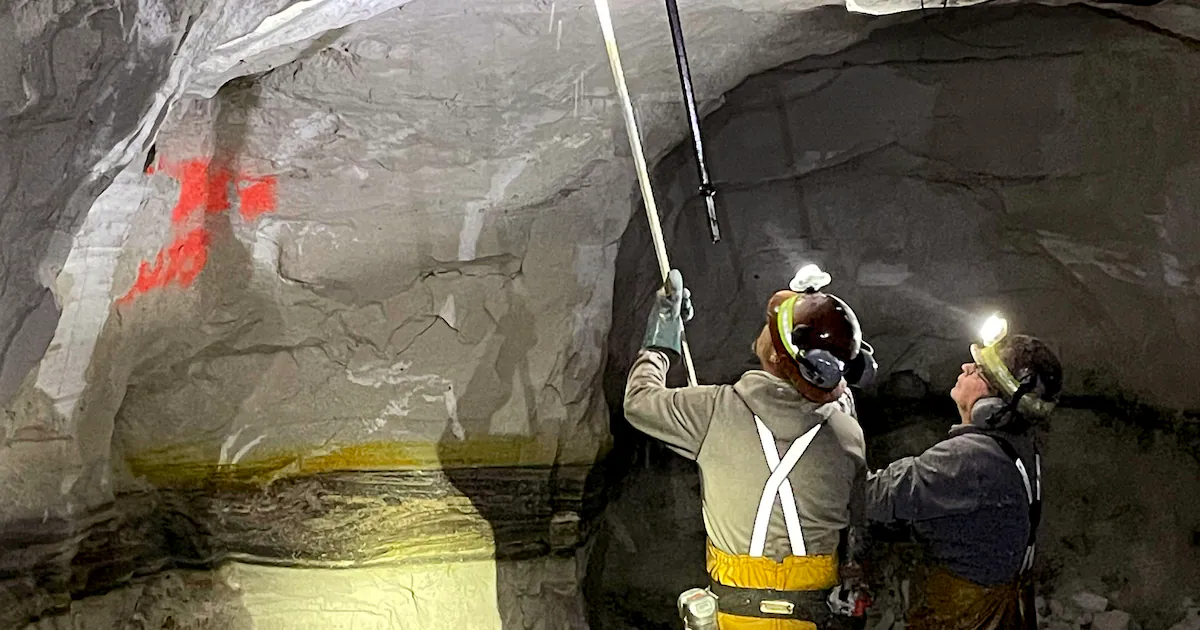Copyright Resilience

Every 10 years astronomers come together to set the field’s top priorities. One of its most ambitious recommendations is the next flagship mission — the Habitable Worlds Observatory. This satellite telescope will be designed to search for signs of life in the atmospheres of planets beyond our solar system. As the first mission explicitly designed to answer one of humanity’s most profound questions — “Are we alone in the universe?” — this telescope will fundamentally change how we see ourselves in the cosmos. Finding out if we’re alone carries deep meaning. Even if we find no evidence of life, it reaffirms that life on Earth is truly rare and precious. The Habitable Worlds Observatory is planned for launch in the 2040s, about 20 years from now. Last July I attended the first conference dedicated to this mission. I’m a scientist who uses similar techniques to those the observatory will employ, but I apply them to look in the opposite direction — back at Earth, so we can measure pollution and other problems. As I listened to the extraordinary science this telescope is designed to achieve, I couldn’t help but reflect on my own studies and wonder: How habitable will our own planet be in 2040? Truth be told, we don’t know what state our own planet will be in. By the 2040s we may have reached global temperatures of +1.5°Celsius to +2.0°Celsius above preindustrial levels. This will have serious consequences for a planet that we use as a gold model for habitability in the cosmos. Earth has already warmed by roughly 1.2–1.3°C since preindustrial times, and every additional degree brings devastating consequences. We’re not slowing down the destruction. In Brazil, where I was born, the Amazon rainforest, home to 10% of all known species on Earth, is being cleared to make way for just one form of life: cattle. The beef produced in Brazil is not only consumed there; China is its first international consumer, followed by the United States. But the blame doesn’t lie with the cows or their methane emissions. The blame is ours. We humans have forgotten that our planet is a living ecosystem. Without nature, without animals, we cannot survive. The fate of the Amazon is at risk. In June Brazil’s Chamber of Deputies passed the so-called “Devastation Bill,” which became law last month. Although the president vetoed some parts of it, the legislation could still have devastating consequences by facilitating destructive projects such as the proposed oil exploration in the Foz do Amazonas region. This is especially alarming, as continued deforestation at current rates could push the Amazon to its tipping point by 2040. As a result the rainforest could have irreversible biodiversity loss and the release of vast amounts of carbon into the atmosphere. Across the planet, other ecosystems — and the species who depend on them — are also under siege. Since 1970 global wildlife populations have declined by an average of nearly 70%. Today wild mammals make up just 4% of the world’s total mammalian biomass, while the remaining 96% consists of humans and livestock. Our oceans have taken hard hits, too. About 14% of the coral from the world’s coral reefs was lost between 2009 and 2018, mostly due to climate change. By increasing the temperature by 2°C, as expected for 2040s, 99% of the remaining coral reefs will vanish. Meanwhile the oceans have become dumping grounds for plastic and sewage, and the amount of plastic in the ocean could more than double by 2030. This is extremely dangerous, as more than 1,500 species in marine and terrestrial environments are known to ingest plastics. As the plastic breaks down into microplastics, they are also ingested by the organisms at the bottom of the ocean food chain: the zooplankton. This ingestion is damaging phytoplankton’s ability to photosynthesize and reproduce, which is disrupting the food web and the two of their critical roles — removing CO2 from the atmosphere and sustaining our planet’s oxygen levels. At an alarming pace, we are tearing our planet apart. The sixth mass extinction is underway — and unlike previous mass extinctions, which were driven by natural forces over millennia, this one is unfolding rapidly and it is caused by human activity. It’s probable that the current rate of species loss is 1,000 times the normal rate. How much responsibility are we ready to carry on our shoulders? Restoring Earth’s ecosystems will require us to look inward — even as we prepare to look for life in the depths of space. The science is clear: We need a transformational change in how we produce food, generate energy, and structure our financial systems, alongside a global commitment to conservation. We cannot hope to reverse biodiversity loss while 71% of all agricultural land is used for grazing livestock and another 11% is devoted to growing crops to feed them. Nor can we protect marine life while overfishing is removing an estimated 2.7 trillion fish from the ocean each year, a practice that not only devastates target species but also causes extensive damage to coral reefs and seagrass beds, disrupting ancient food webs that have supported marine ecosystems for millions of years. On the energy front, we must rapidly transition away from fossil fuels and invest in renewable alternatives. And in our economic systems, we need a fundamental shift to one that no longer treats nature as a resource to exploit but values it as the foundation of life itself, recognizing that humanity is part of, not separate from, the living web of Earth. As we enter the 2040s, we’ll be pointing our telescopes toward distant worlds in search of life, hopefully without losing our own. When we gaze across the cosmos, we should be reminded of the extraordinary biodiversity we still have at home, a legacy shaped over billions of years that has given rise to millions of terrestrial and oceanic species with whom we share this home. Bacteria, fungi, plants, and animals, all descended from a single common origin in the great tree of life. As we uncover the colors and complexity of life beyond our planet, may we also remember how incredibly fortunate we are to live in a world that already flourishes with life. Teaser photo credit: Ocean Biology Processing Group at NASA’s Goddard Space Flight Center, public domain.



